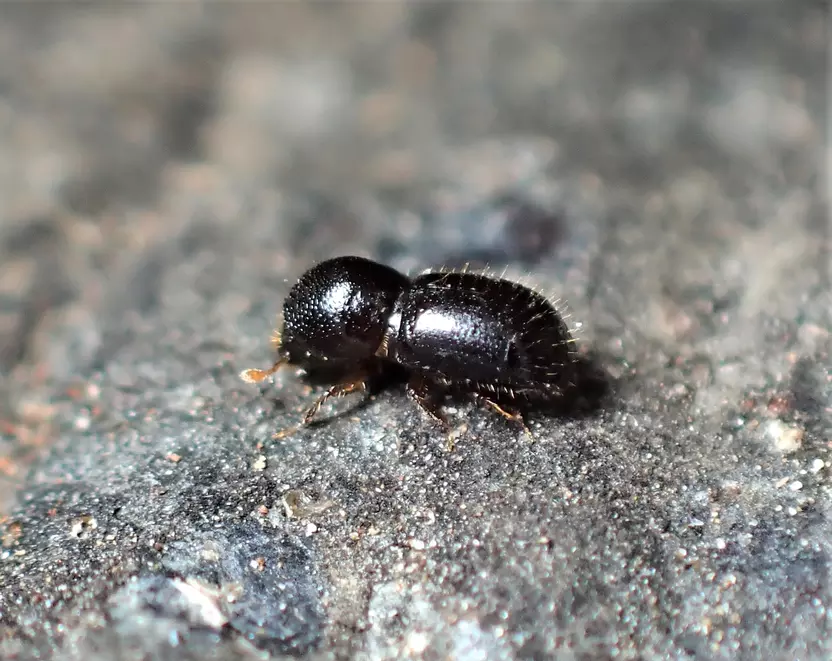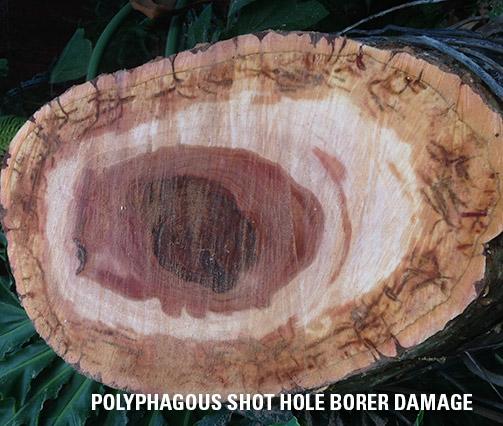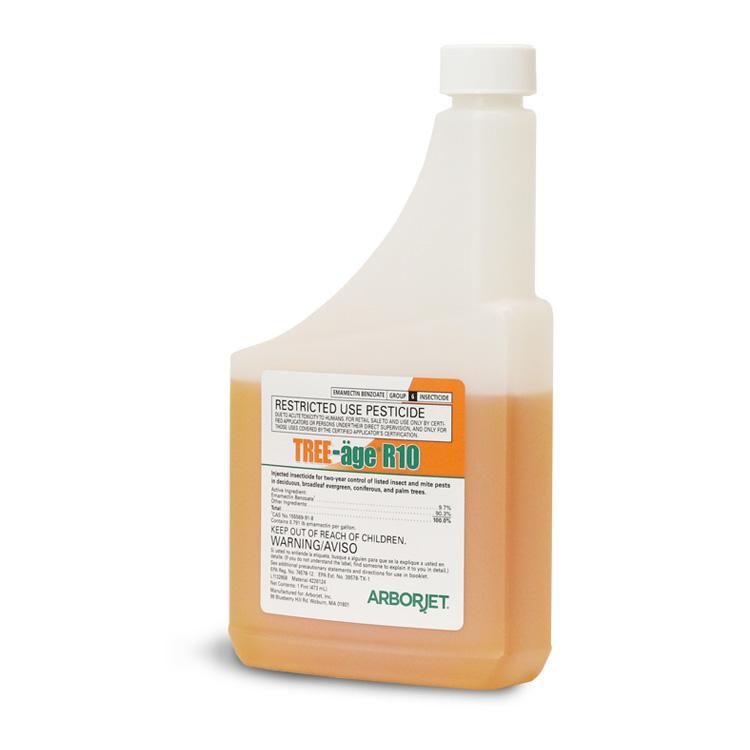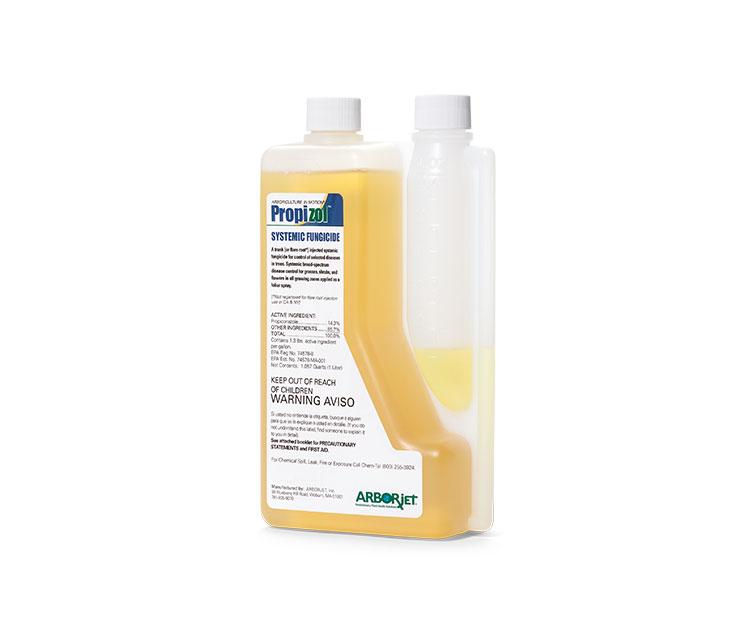Invasive Shot Hole Borer
Invasive Shot Hole Borer (ISHB) refers to two very similar exotic ambrosia beetle species (Euwallacea fornicatus and E. kuroshio) that were first detected in Southern California in 2003 and 2013 respectively.
ISHB is currently found in L.A., Orange, San Bernardino, Riverside, San Diego, Santa Barbara, Ventura, San Louis Obispo, and most recently Santa Clara Counties. The “ambrosia” name refers to a symbiotic fungus that is carried by the female in special organs in her mouth parts. The fungus (Fusarium spp. among others) is grown in the beetle galleries and both the adult beetles and larvae feed on the fungi. The adult beetles are very small, ranging from 0.05 to 0.1 inches in length. They come in a range of shades between black (females) and brown (males) coloring. While this beetle attacks a large number of plant species, the majority of which are hardwoods, it can only reproduce in 65 species including maples, sycamore, oaks, willows, poplars, and avocado.
Common Symptoms
The characteristics of ISHB attack and fungus infection differ among tree species. The beetle commonly attacks the main stem and larger branches of trees and shrubs, but injury can be found on twigs as small as 1 inch in diameter. The beetle produces a very precise, perfectly round, tiny (< 0.1 inches in diameter) entry hole in most trees. Wet staining and discoloration on the bark of the main stem and branches are early symptoms of beetle attack. Depending on the tree species attacked, ISHB injury can be identified either by staining, gumming, or a sugaring response on the outer bark. Infection with the fungus can cause leaf discoloration and wilting, dieback of entire branches, and tree mortality.
Treatments
TREE-äge® provides 2 years of control of the beetle, while the addition of Propizol® will protect trees from the fungi introduced by the ambrosia beetle. Use a soil surfactant, such as NutriRoot®, as a sub-surface injection or drench, in combination with watering to encourage root growth, increase penetration of water into the soil, and to assure better translocation of the formulations throughout the tree.
When To Treat
The most significant damage occurs from May through October so if ISHB is found near or on trees under your care, treatments should be made immediately.
Generally, the best seasons for injection are spring and fall, since the best uptake occurs when trees are actively transpiring, but treatments can be made at any time of the year when there is good soil moisture to encourage translocation of the systemic formulations.
What To Expect After Treatment
Trunk injections with insecticide or combined with fungicide will be distributed upward in the tree within 4-6 weeks with adequate soil moisture. For trees in natural, non-irrigated areas with questionable soil moisture, consider using NutriRoot to enable trees to extract water from the soil, reducing the need for watering, and resulting in faster and better movement of systemic products even in drought conditions.
References And Photo Credits
Main photo ISHB female taken by John Kabashima, UC Cooperative Extension
Attack point taken by Don Grosman, Arborjet
Bark staining taken by Don Grosman, Arborjet
Damage taken by Don Grosman, Arborjet










